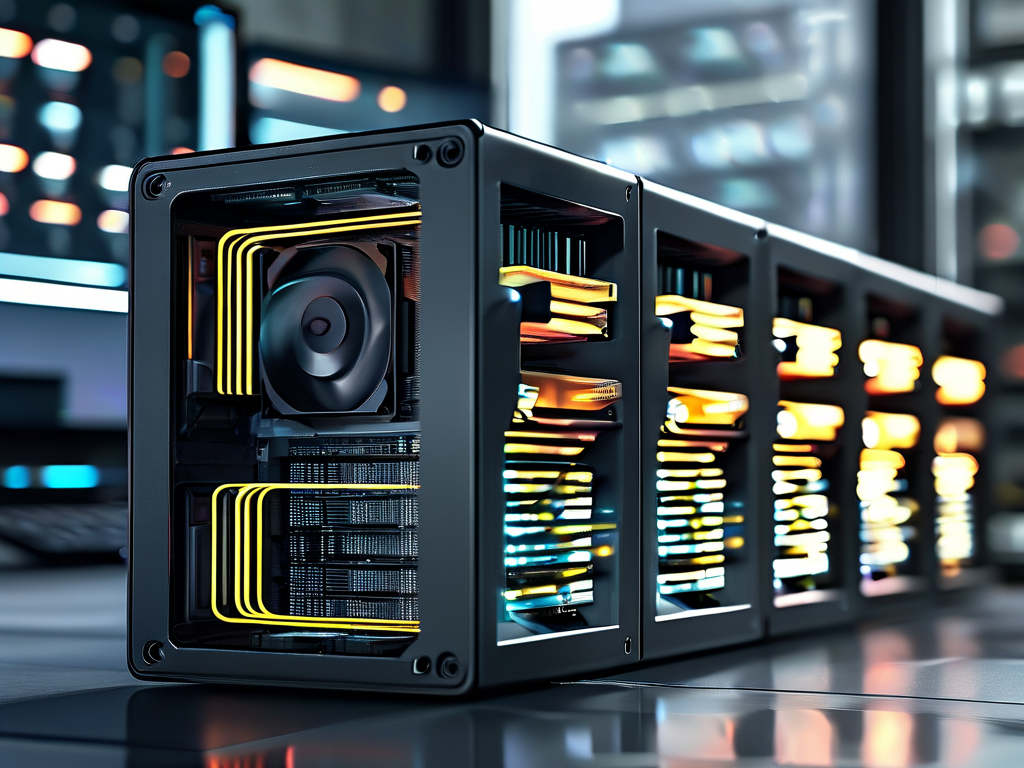In the realm of GPU-accelerated computing, CUDA has emerged as a cornerstone for developers seeking to harness the power of parallel processing. Among its many features, shared memory plays a pivotal role in optimizing performance for compute-intensive tasks. This article explores how shared memory enhances CUDA workflows, provides practical implementation insights, and addresses common challenges encountered during development.

Understanding CUDA and Shared Memory
CUDA (Compute Unified Device Architecture) enables programmers to leverage NVIDIA GPUs for general-purpose processing. Unlike traditional CPU-based computation, GPUs excel at handling thousands of threads simultaneously. However, efficient memory management remains critical to avoid bottlenecks. Shared memory, a programmable cache layer on the GPU, allows threads within the same block to collaborate by sharing data with minimal latency. This contrasts with global memory, which incurs higher access delays due to its off-chip location.
Advantages of Shared Memory
- Reduced Latency: Shared memory operates at register-like speeds, enabling rapid data exchanges between threads.
- Data Reusability: Frequently accessed data can be cached in shared memory, minimizing redundant global memory fetches.
- Thread Synchronization: The
__syncthreads()function ensures coordinated access, preventing race conditions.
A classic use case is matrix multiplication. Without shared memory, each thread would repeatedly fetch data from global memory, leading to inefficiency. By staging data in shared memory, threads collaboratively load input matrices once, dramatically reducing memory traffic.
Implementation Example: Matrix Multiplication
Below is a simplified CUDA kernel demonstrating shared memory usage:
__global__ void matrixMul(float* A, float* B, float* C, int N) {
__shared__ float sA[BLOCK_SIZE][BLOCK_SIZE];
__shared__ float sB[BLOCK_SIZE][BLOCK_SIZE];
int row = blockIdx.y * blockDim.y + threadIdx.y;
int col = blockIdx.x * blockDim.x + threadIdx.x;
float sum = 0.0f;
for (int i = 0; i < N/BLOCK_SIZE; ++i) {
sA[threadIdx.y][threadIdx.x] = A[row * N + (i * BLOCK_SIZE + threadIdx.x)];
sB[threadIdx.y][threadIdx.x] = B[(i * BLOCK_SIZE + threadIdx.y) * N + col];
__syncthreads();
for (int k = 0; k < BLOCK_SIZE; ++k) {
sum += sA[threadIdx.y][k] * sB[k][threadIdx.x];
}
__syncthreads();
}
C[row * N + col] = sum;
}
This code divides matrices into tiles stored in shared memory, allowing threads to compute partial results efficiently. The BLOCK_SIZE parameter must align with hardware limits (typically 32x32 or 16x16).
Challenges and Best Practices
While shared memory accelerates computations, improper usage can degrade performance:
- Bank Conflicts: Shared memory is divided into banks; concurrent accesses to the same bank serialize operations. Aligning data to avoid bank collisions is essential.
- Memory Overhead: Allocating excessive shared memory per block reduces the number of active blocks on a streaming multiprocessor.
- Synchronization Errors: Missing
__syncthreads()calls may lead to data races or stale values.
To mitigate these issues, developers should:
- Profile applications using NVIDIA Nsight Systems to identify bottlenecks.
- Experiment with block and grid dimensions to balance occupancy and resource usage.
- Prefer smaller tile sizes for memory-bound kernels.
Real-World Applications
Shared memory shines in scenarios requiring frequent data reuse:
- Image processing (e.g., convolution operations).
- Physics simulations involving particle interactions.
- Machine learning layers like convolutional neural networks (CNNs).
For instance, in image blurring, a kernel might load a pixel neighborhood into shared memory, enabling multiple threads to apply filters without redundant global memory reads.
Mastering shared memory is a cornerstone of high-performance CUDA programming. By strategically caching data and orchestrating thread collaboration, developers unlock significant speedups for parallel workloads. While challenges like bank conflicts demand careful design, the performance gains justify the effort. As GPU architectures evolve, shared memory techniques will remain vital for pushing the boundaries of computational efficiency.

